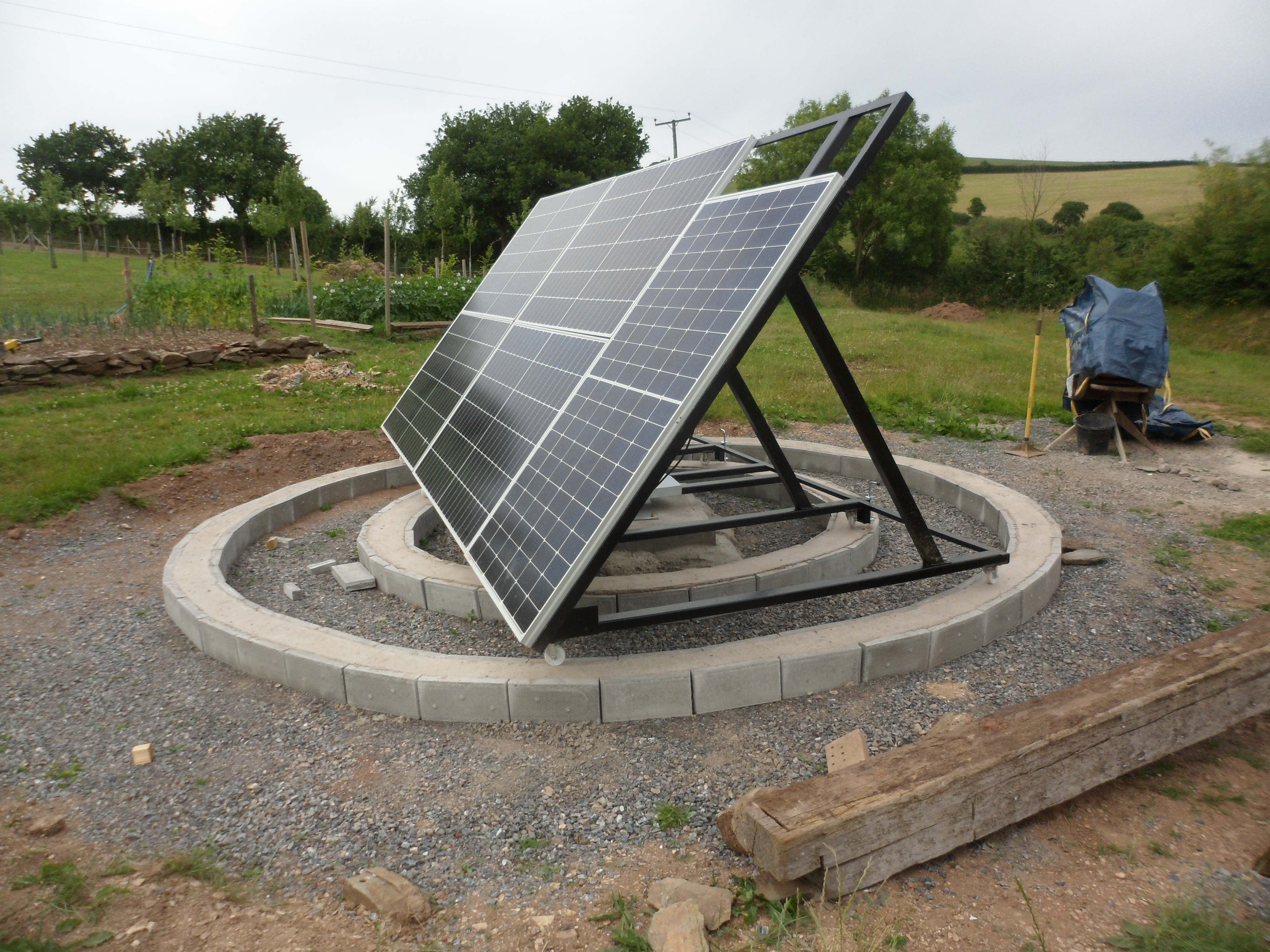Hi, new here, but not new to off grid, i remember what a trace dr15/12 is
I Have been running a Victron Multi II with 6 units of pylon us3000c, 3 x mppt, grid and generator for a year
My site is agricultural, my arrays are a combo of fixed and manual tracking, total approx 3500w
In my quest to dump the grid, or be as tight as possible i have purchased an additional 450/100 mppt.
I have an already designated load for No1 of the 2 inputs,
I am trying to evaluate the pros and cons of the wiring for No2, I understand well enough the parameters of the VoC/Amps etc for the 450/100, its the use of "string series parralel" i need to know
My site requires fairly long lengths between the mppt and the arrays, I have a heavy 50mm2 cable running 30m, to which i either want to attach:
Option 1
2 arrays each of 6 panels, series approx VoC 42v/panel, issue is the 2 arrays will be receiving differing amounts of sunlight (one pointed S/E, one S/W) , they will each require approx 8m of wiring before meeting the common 50mm2 cable running back to mppt,
Q Will they conflict? I`m so used to 1 string/1 mppt that i have no knowledge of 2 strings "series parallel" but with differing shade/orientation
Option 2
Wire 10 panels series approx VoC 42v/panel facing due south, the more "conventional" method
However, in my situation i find that a steady solar input throughout the day (achieved by arrays that are trackable/fixed with differing angles to South) is vastly preferable to just a huge charge midday, the Ah of pylons (imho) being vastly overstated once discharge exceeds region C20, thats coming from a longtime Exide solar classic user, I would also mention i rate that it uses 2 Kwh of Solar or Grid to insert 1Kwh into pylons once below 50% d.o.d, which further guides me toward more continuous output in daylight hours,
Image shows a manual tracker with 1850w, i have yet to develop a form of hamster power and child labour is very un-pc, but working at home means i can nudge them around during the day and as i intend to oversize to meet winter needs im also able to push them out of production on high yield days, kwh/day yields exceed 150% of previous figure when the frames were static before being mounted onto gearboxes.
When the advantage of continual output and the ineficiencies of pumping kwh into pylons are added in, for me the advantage is in excess of 200% over static arrays.
In an ideal world i would construct 2 more trackable arrays with 6 panels each, however cost of materials is now crazy and my time is taken surviving the dire state of the world, economically and otherwise, hence i propose a dual axis static array S/E and S/W
Any guidance re wiring alternatives gratefully received or steering toward an advanced (ish) published work that covers such evaluations most welcomed
I tried to keep this short, failed, appologies


 So I reckon your max string length is 9S.
So I reckon your max string length is 9S.